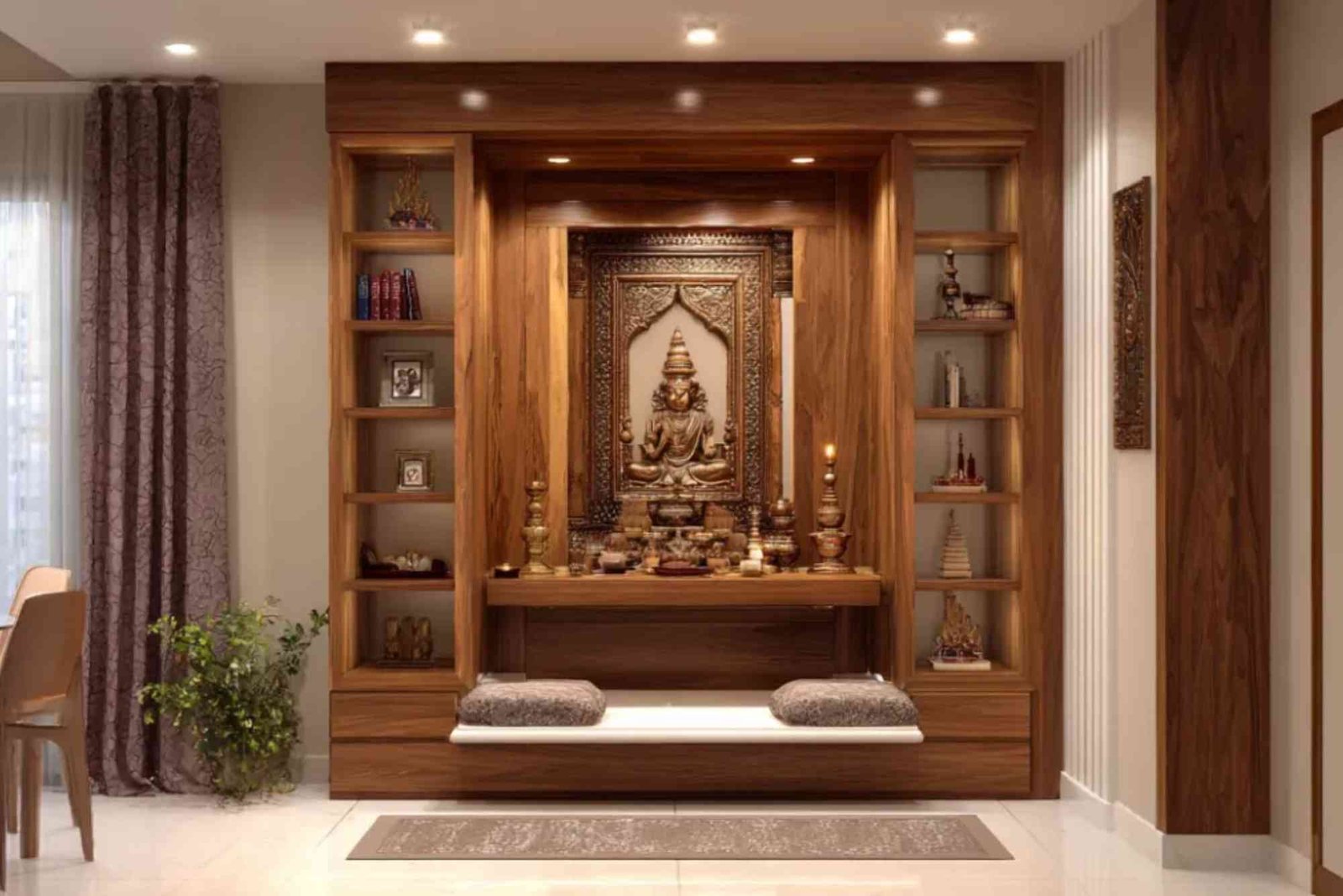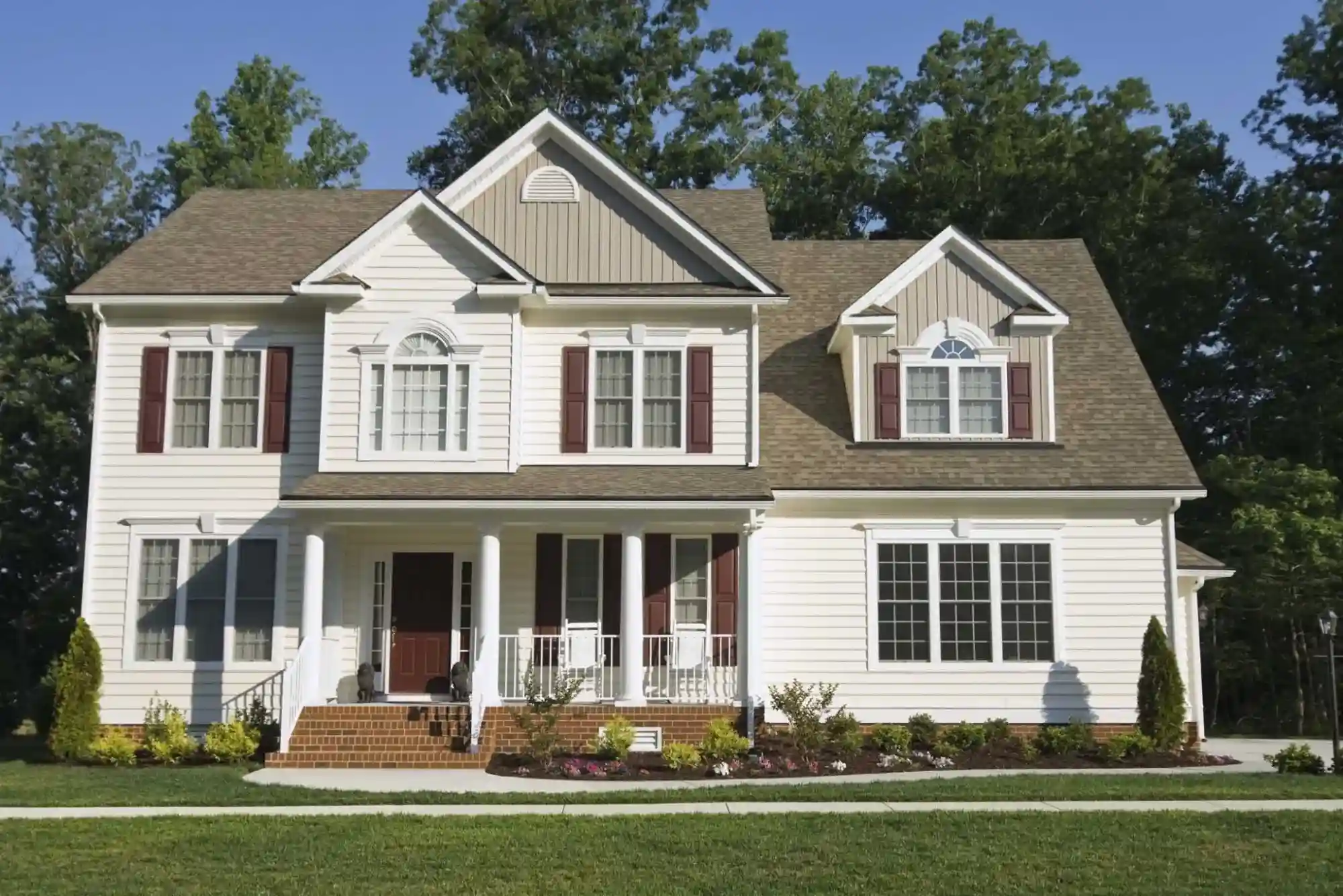Introduction
Creating a sacred corner in your house is not just a matter of tradition—it’s a way to bring peace, positivity, and a sense of balance into everyday life. For many Indian families, the pooja room is the spiritual heart of the home. However, for middle class homes where space can be limited, designing a functional yet beautiful pooja room can seem challenging. The good news is that with thoughtful design, even compact spaces can transform into stunning sanctuaries. This article explores inspiring ideas, expert tips, and practical layouts for Indian pooja room designs for middle class homes that perfectly combine devotion, functionality, and aesthetics.
Understanding the Importance of a Pooja Room
A pooja room is more than just a corner for idols and incense; it’s a personal retreat for prayer, meditation, and reflection. In Hindu homes, this sacred space serves as a bridge between the physical and spiritual worlds. The placement, design, and orientation of the pooja room are guided by Vastu Shastra — an ancient Indian architectural science emphasizing harmony and energy flow.
For middle class homeowners, this space often needs to blend seamlessly with modern interiors. Whether it’s a small apartment or a compact house, the key is to design a pooja room that feels serene, organized, and visually uplifting.
Smart Space Planning for Middle Class Homes
When designing a pooja room in a middle-class home, space optimization is the first priority. Not every home can accommodate a separate prayer room, but that doesn’t mean you can’t create a divine nook.
Utilize Corners and Niches
Corners in living rooms or hallways can be beautifully converted into compact pooja areas. Use wall-mounted shelves for idols and brass bells, and add subtle backlighting for a warm, sacred glow.
Wall-Mounted Pooja Units
Wall-mounted mandir units are perfect for apartments or smaller homes. They save floor space and can be customized in wood, marble, or MDF with decorative carvings and modern finishes.
Convert a Cupboard or Alcove
An unused cupboard or alcove can easily become a cozy prayer zone. Add a wooden or marble panel, a few spotlights, and drawers for storing incense sticks, matchboxes, and pooja essentials.
Floating Pooja Shelves
For ultra-compact homes, floating pooja shelves above eye level are a sleek solution. They maintain functionality while keeping the room clutter-free.
Material Choices for Long-Lasting Beauty
The materials you choose for your pooja room define both its aesthetic and durability. Middle-class families often prefer materials that are cost-effective, low-maintenance, and long-lasting.
Wood for Warmth and Tradition
Teak, Sheesham, or engineered wood provides a classic look. Wood carvings or jali patterns add a traditional charm that never fades.
Marble for Purity
White or off-white marble remains a popular choice for its elegance and association with purity. Marble flooring, walls, or idol bases enhance the sacred feel of the space.
MDF and Laminate Finishes for Modern Appeal
For budget-friendly designs, MDF units with laminate finishes offer versatility. You can choose from a range of textures — from matte white to glossy walnut — to complement your home’s decor.
Lighting Ideas for a Divine Glow
Lighting plays a vital role in setting the tone of your pooja room. Proper illumination not only enhances beauty but also boosts the spiritual ambiance.
Soft Warm Lighting
Opt for warm yellow lights to create a serene atmosphere. Avoid harsh white lights that can make the space feel sterile.
Backlit Panels
Backlit jali panels or marble slabs add a luxurious touch. This design is especially suitable for Middle Class Indian Style Pooja Room Designs that want to appear grand without heavy expense.
Diyas and Hanging Lamps
Traditional diyas, brass hanging lamps, and LED strips around the shelves create a balance between modern and ethnic aesthetics.
Design Themes for Inspiration
Every home tells a story, and your pooja room should reflect your personal style while respecting tradition. Here are some beautiful design ideas that work well in middle class Indian homes.
Traditional Wooden Temple
A wooden pooja unit with intricate carvings, brass bells, and domes evokes a timeless charm. Placing it near the living room corner or entrance adds cultural richness to the space.
Minimalist White Marble Shrine
For a modern look, white marble paired with soft lighting and minimal decor feels pure and peaceful. It’s ideal for apartments and smaller homes.
Wall Niche Mandir
If you have a built-in wall niche, transform it into a mandir with sliding glass doors, a backdrop mural of a deity, and floating shelves.
Folding Pooja Room
Innovative folding mandirs or wall-mounted units with shutter doors can be concealed when not in use, making them perfect for compact living areas.
Partition Pooja Design
Use a wooden or glass partition to subtly separate your pooja area from the living or dining space. Add latticework to allow light and energy flow.
Vastu Tips for Positive Energy
Even in small spaces, Vastu-compliant pooja rooms can attract harmony and prosperity.
-
Direction: The northeast (Ishan Kon) is considered the most auspicious direction for placing a pooja room.
-
Placement: Idols should face east or west, never south.
-
Cleanliness: Keep the space tidy; clutter blocks positive energy.
-
Colors: Use white, light yellow, or pastel shades to evoke peace and divinity.
These principles ensure your home remains spiritually balanced while maintaining practical design harmony.
Decorative Elements to Enhance Spirituality
A pooja room doesn’t have to be extravagant to be divine. Simple decor touches can make it more inviting.
-
Brass or copper utensils add a traditional glow.
-
Rangolis or small floral arrangements bring freshness and vibrancy.
-
Framed mantras or deity art enhance the spiritual vibe.
-
Scented candles or incense create a calming environment perfect for meditation.
By combining these small touches, you create a soothing space that feels both sacred and stylish.
Budget-Friendly Design Tips
Middle class families often seek affordable ways to achieve elegance. Here’s how you can balance cost and creativity:
-
Reuse old wooden furniture as a mandir base.
-
Opt for laminate finishes instead of solid wood.
-
Use LED strip lights to reduce electricity costs.
-
DIY wall decor with stencils or wallpaper instead of marble cladding.
With a little imagination, even a modest budget can deliver a beautiful, functional pooja space.
Integration with Modern Interiors
In contemporary homes, blending traditional pooja room designs with modern interiors is key. Wooden tones, neutral palettes, and clean lines help achieve this harmony. Consider matching the mandir finish with your furniture or adding a jali screen for a soft transition between spaces.
For open-plan homes, a sleek glass partition can subtly separate the sacred zone without isolating it completely.
How to Maintain Your Pooja Room
Regular maintenance ensures your pooja room stays fresh and spiritually uplifting.
-
Clean idols and lamps daily.
-
Replace flowers and incense regularly.
-
Dust the shelves and lights weekly.
-
Repaint or polish wooden units annually to retain shine.
Cleanliness isn’t just about aesthetics—it’s about maintaining purity and positive energy in the home.
The Emotional Value of a Pooja Space
Beyond design and decor, the pooja room holds deep emotional meaning. It’s where families start their mornings with gratitude and end their days with calm reflection. It’s a space of comfort, prayer, and hope—a spiritual anchor amid life’s chaos. For middle class Indian families, this sacred corner often represents both cultural roots and modern identity.
By investing in thoughtful Indian pooja room designs for middle class homes, you’re not just decorating a space—you’re creating an environment that nurtures peace, faith, and family unity.
Create a Sacred Space that Inspires Peace
Designing a pooja room for a middle class home doesn’t have to be expensive or complex. With creativity, smart planning, and cultural sensitivity, you can create a divine corner that complements your lifestyle and home design. Whether you choose a traditional wooden mandir or a minimalist marble setup, what matters most is the energy of devotion it carries.
If you’re looking for more inspiration and stylish design concepts, explore Middle Class Indian Style Pooja Room Designs and other Related Home Decoration articles to elevate your home aesthetics. To keep up with the latest trends in modern home design and technology, Learn more from trusted sources.
Your pooja room is not just a corner—it’s the heart of your home. Design it with love, maintain it with devotion, and let it radiate positivity throughout your space.
Frequently Asked Questions
What is the best direction for a pooja room in a middle class home?
According to Vastu Shastra, the northeast corner is ideal for a pooja room, as it receives the most positive energy from the sun.
How can I design a pooja room in a small apartment?
Use wall-mounted mandirs, corner shelves, or floating pooja units to save space while maintaining a beautiful, functional design.
Which materials are suitable for affordable pooja rooms?
Wood, MDF, laminate, and marble are excellent options that combine durability with aesthetic appeal.
What colors are best for a pooja room?
Light colors like white, beige, or yellow are perfect for pooja rooms as they promote peace and serenity.
How can I make my pooja room look elegant on a budget?
Focus on lighting, cleanliness, and simple decor like brass lamps, framed mantras, and soft backlighting. These small changes can create a big impact.
By following these practical ideas and Indian pooja room designs for middle class homes, you can create a space that reflects both devotion and design sensibility — perfectly blending tradition with modern living.







